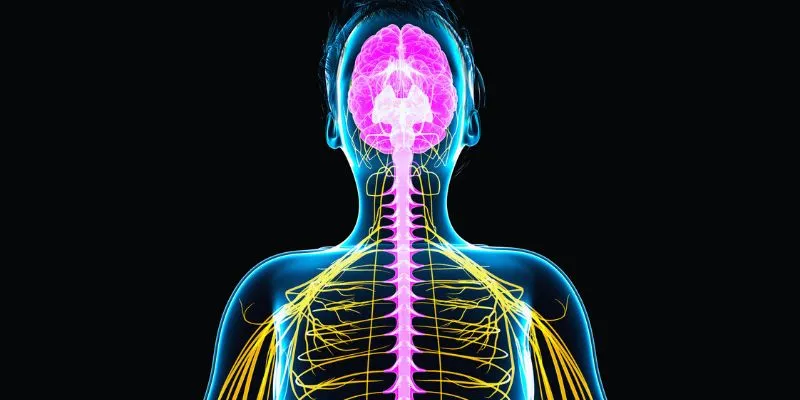All You Need to Know About Daylight Saving Time
Daylight Saving Time (DST), often referred to simply as “saving time,” is a practice aimed at maximizing the use of natural light during the extended summer months. People adjust their clocks forward in spring and back in fall to enjoy more evening daylight without increasing reliance on artificial lighting. Initially implemented to save energy during World War I, DST is now observed in many countries worldwide, though it remains controversial. Proponents argue it conserves energy and provides additional daylight for various activities.
The History of Daylight Saving Time

DST was first used during World War I as a means of conserving energy due to fuel shortages. Germany and Austria-Hungary pioneered the strategy in 1916, followed by other countries such as the United States and the United Kingdom. However, the concept of adjusting time to make the most of daylight existed long before the 20th century. Benjamin Franklin humorously suggested in 1784 that people go to bed earlier to save candles. The modern version of DST was proposed in 1895 by New Zealand entomologist George Hudson and later promoted in 1907 by British builder William Willett.
How Does Daylight Saving Time Work?
During DST, clocks are set forward by one hour in the spring and moved back by one hour in the fall. This shift creates longer daylight hours in the evening while shortening morning daylight. In the United States, for example, DST begins on the second Sunday of March and ends on the first Sunday of November. The phrases “spring forward” and “fall back” help people remember how to adjust their clocks. However, the start and end dates of DST vary by country, and some regions choose not to observe it.
Which Countries Observe Daylight Saving Time?
Daylight Saving Time is practiced in more than 70 countries worldwide, though its implementation varies:
- United States and Canada: Most states and provinces observe DST, with notable exceptions like Hawaii and most of Arizona.
- Europe: Many European countries follow DST, starting on the last Sunday in March and ending on the last Sunday in October.
- Australia and New Zealand: These nations observe DST during their summer months, opposite to the Northern Hemisphere.
- Non-Observing Regions: Countries near the equator, where daylight hours remain consistent year-round, generally do not adopt DST.
The Benefits of Daylight Saving Time
Daylight Saving Time (DST) is often praised for its potential advantages. Here are some key benefits:
1. Energy Savings
A primary goal of DST has always been energy conservation. By extending daylight into the evening, the need for artificial lighting is reduced, which can lower electricity consumption. While the impact is less pronounced today due to advances in technology, studies still suggest a modest decrease in energy usage.
2. Boosted Productivity and Leisure Time
Longer daylight hours create more opportunities for outdoor activities and social gatherings. This not only enhances personal well-being but also benefits businesses such as retail and recreation, as increased daylight encourages higher customer engagement.
3. Enhanced Road Safety
By aligning daylight with peak travel times, DST can improve road safety. Research indicates that evening traffic accidents tend to decrease during DST, making commutes safer for drivers and pedestrians alike.
Challenges and Criticisms of Daylight Saving Time
While Daylight Saving Time (DST) offers certain advantages, like extended evening daylight, it has faced increasing criticism due to its significant drawbacks. Below are some key concerns associated with DST:
1. Sleep Disruption
The twice-yearly clock changes interfere with the body’s natural circadian rhythms, which regulate sleep and wake cycles. This abrupt shift often leads to sleep deprivation as people struggle to adapt. Poor sleep quality can result in reduced productivity, heightened irritability, and even serious health issues, such as a weakened immune system and increased stress levels.
2. Questionable Energy Savings
DST was originally designed to conserve energy by reducing the need for artificial lighting in the evening. However, modern research suggests its effectiveness is debatable. While less lighting may be used, increased reliance on air conditioning, heating, and other appliances often negates any potential savings. In some cases, DST has even been found to increase energy consumption, particularly in regions with modern energy demands that differ from those of the past.
3. Economic and Logistical Disruptions
The bi-annual clock changes create logistical challenges for businesses, travel industries, and global communications. Companies often face difficulties coordinating across time zones, while airlines must meticulously adjust schedules to avoid confusion. International businesses handling real- time operations may incur additional costs to update systems and software.
4. Health Risks
The sudden time shift in spring has been linked to various health risks. Studies indicate a temporary spike in heart attacks, strokes, and other cardiovascular issues in the days following the change. Disrupted sleep patterns can worsen mental health conditions like anxiety and depression. Vulnerable populations, including the elderly and those with pre-existing health conditions, are disproportionately affected, raising serious public health concerns.
5. Waning Public Support
Public sentiment toward DST has grown increasingly negative in recent years. Many people view the clock changes as inconvenient, confusing, and outdated. Surveys reveal widespread dissatisfaction, with growing calls to abolish DST altogether. As energy consumption patterns and daily routines evolve, the relevance of DST has come under scrutiny, prompting debates about whether it still serves a meaningful purpose in today’s world.
The Debate Over Abolishing Daylight Saving Time
In recent years, many regions have reconsidered the necessity of DST. Critics argue that modern society no longer relies on practices tied to maximizing daylight hours. Instead, they advocate for adopting either permanent standard time or permanent daylight saving time to avoid the disruptions caused by biannual shifts.
For example, the European Union has proposed eliminating DST entirely, allowing member nations to choose whether to maintain standard time or DST year-round. In the United States, similar discussions are underway, with lawmakers introducing proposals to establish permanent daylight saving time.
Practical Tips for Adjusting to Daylight Saving Time

To minimize the impact of DST on your body and routine, try these strategies:
- Ease Into the Change: Gradually adjust your sleep schedule by 15–30 minutes in the days leading up to the time shift.
- Prioritize Sleep Hygiene: Maintain a consistent bedtime routine to help your body adjust smoothly.
- Seek Morning Sunlight: Spend time outdoors in natural light during the mornings to help reset your internal clock.
- Limit Evening Stimulants: Avoid caffeine and other stimulants in the hours leading up to bedtime for better sleep quality.
Conclusion
Daylight Saving Time remains a polarizing practice. Though originally intended to conserve energy and promote economic activity, its relevance in today’s world is increasingly questioned. Understanding the history, benefits, and challenges of DST can help individuals and policymakers make more informed decisions about its future.











